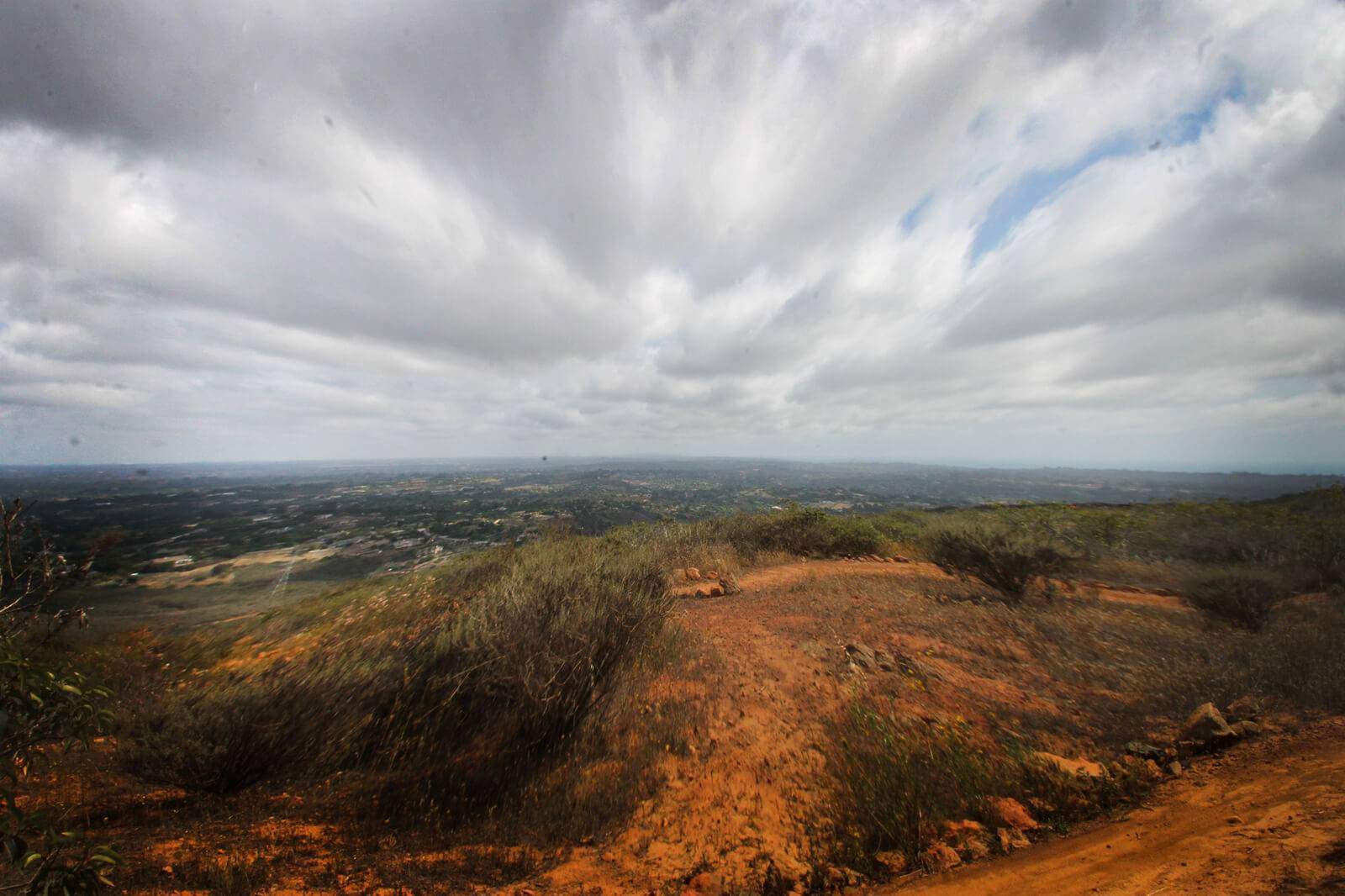
Copper Creek Falls & Mine
2 Reviews
Hello everyone! This is a friendly reminder that any of these fun places we may visit, we are a guest at. Please treat both businesses and trails with the utmost respect. We here at Hidden San Diego follow the 'Leave no Trace' mantra, meaning whatever you bring with you comes back with you. If you see trash on a trail, please do your part to help remove it. Remember, we are not picking up trash from another person but instead cleaning up for Mother Nature. Happy adventures!

1055 San Elijo Rd.
San Marcos, CA 92078
33.081318, -117.208142
Hike: 2.4-3.4 miles depending on route
Level: Easy-moderately difficult depending on what route you take
Dog-Friendly: No Kid-Friendly: Yes
Check out our list of Hidden Gems in Carlsbad for the ultimate day trip!
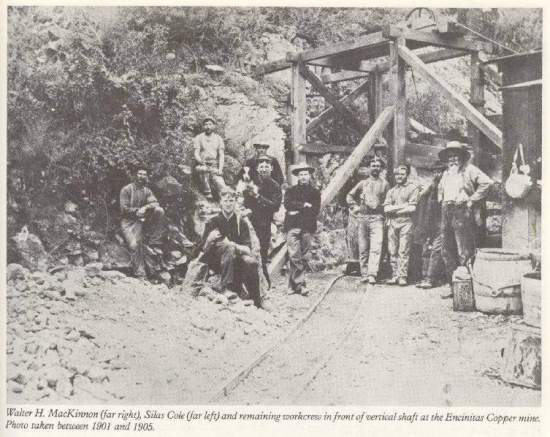
About the Copper Creek Falls & Mine
Over a steep hill and into the woods of San Elijo lays the remains of an old dam, some blasted mine shafts and a couple waterfalls.. This area was used to mine copper in the early 1900’s by the Encinitas Mining Company. It is said that the mine was one of the largest copper mines in the world during WWI and was critical to the war effort.
Once you are down in the ravine, listen for the sound of rushing water. Nearby lays the two small waterfalls which are right below and amongst old, structural ruins. The dam is rumored to be where the miners would clean the ore before transporting it.
The Copper Creek’s water source comes from the Escondido Creek Watershed. This begins at the upper headwaters in Bear Valley above Lake Wohlford. The creek then flows down through a series of man-made ponds which were excavated as part of the mining efforts and all the way to the San Elijo Lajoon.
While heading down you may notice a grove of Eucalyptus trees to the right of the waterfall. I read that these trees were grown for firewood during the mining days. Elevations within the San Elijo Hills Management Unit range from 40 to 1,640 feet, with a mean elevation of 537 feet.
There were once three vertical shafts that were over 300 feet long and a single horizontal shaft that was over 200 feet long. The shafts were blasted in decades ago for safety reasons but the history and small remnants remain.
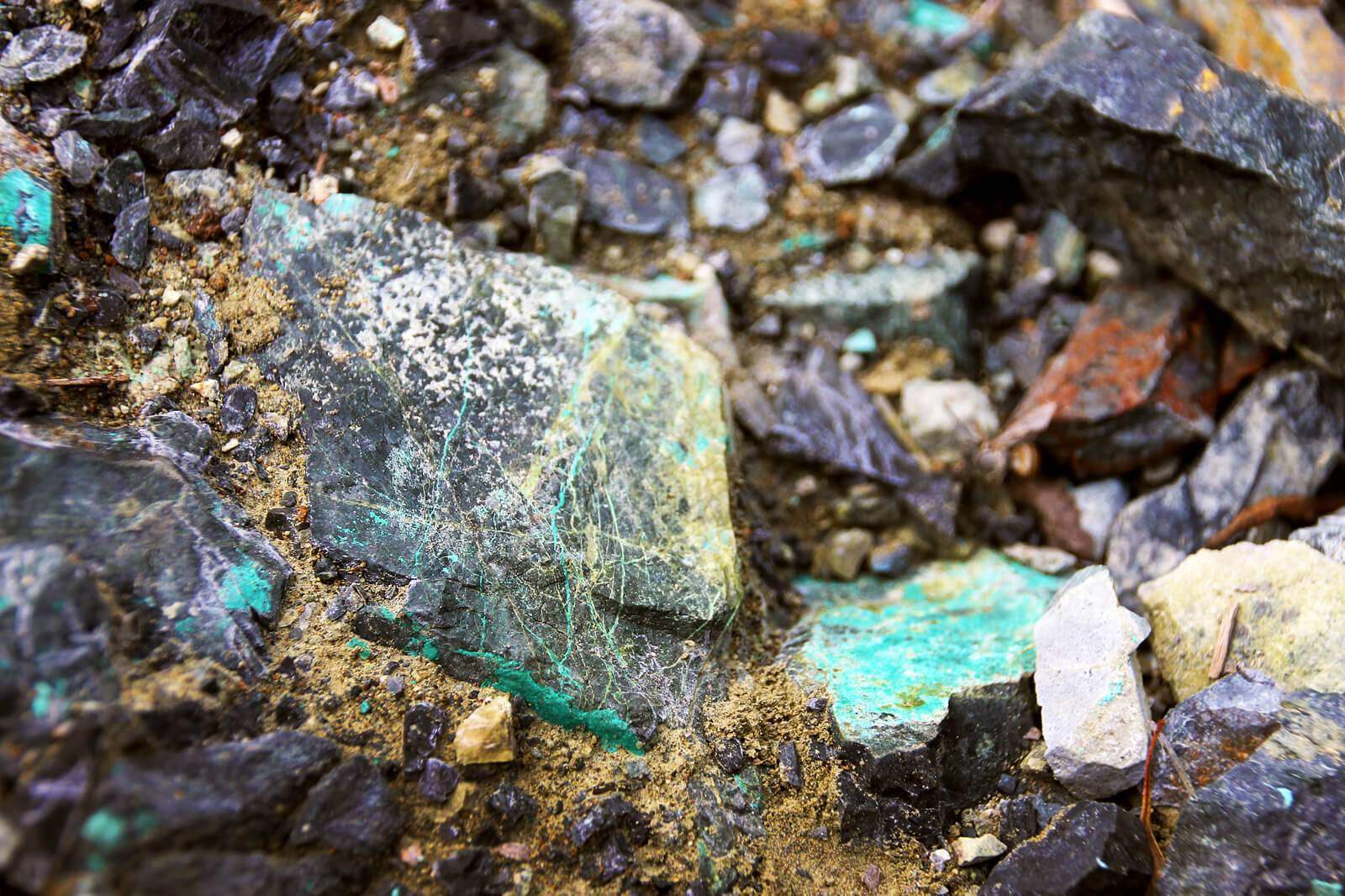
Read what my friend Mike Best had to say about the area:
“The fact that they built a flotation plant explains to me the missing dam that probably crossed the creek just down from those tailing piles. The technique was crushing, aeration and then adding catalytic chemicals in to precipitate the copper. It probably was why those tailing piles are so finely grained. 1917 Perhaps spurred on by the need of the copper metal at the start of the First World War.”
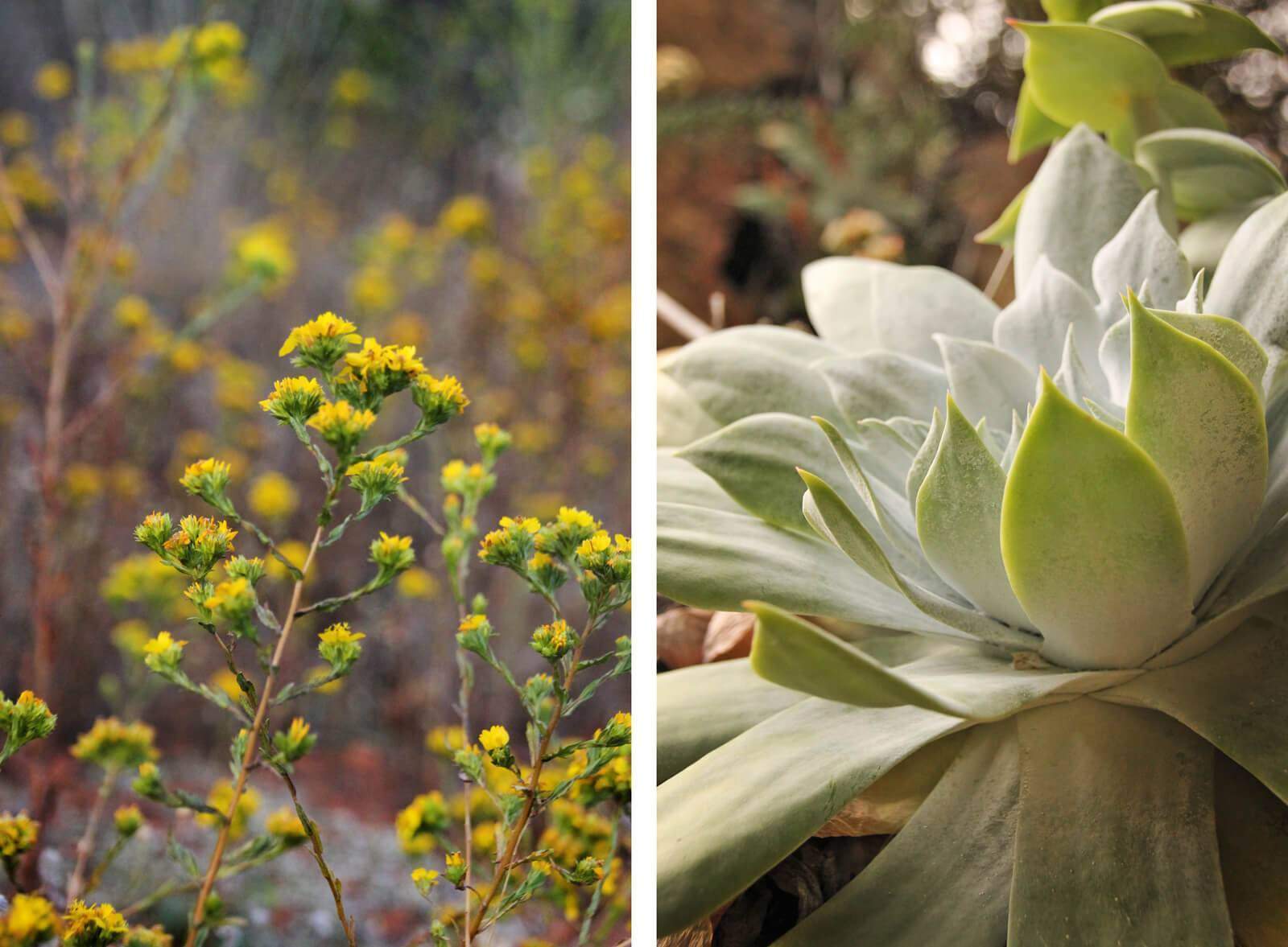
Personal Experience
We did this hike not really knowing what we were getting ourselves into, which is more often than not the case. The hike ended up going up and over a mountain and then down into a ravine which was pretty darn tiring. Take some breathers if you must…..or go the easy way which is right along the creek. We obviously learned of the alternate route after the matter considering we had no clue where the mines were initially.
I took many “flower photography” breaks. 😛 Do not be fooled into thinking you can enter from the residential end if you are looking at Google Maps. They are private and gated roads.
We initially came here solely to look for the blasted mines but after talking to some bikers we learned of a waterfall in the same area. Score! Although many would consider these mediocre waterfalls and find disappointment in closed-off mines, I still found the experience to be quite rewarding. Afterall, it is brimming with history and there was something so peaceful about laying next to that running stream.
I would not recommend going in the hotter months though. This is a great hike in spring when the wildflowers are in full bloom. We went in late May and were still greeted with bursts of color.
After the hike I definitely felt the burn, which is always a feat Yay!
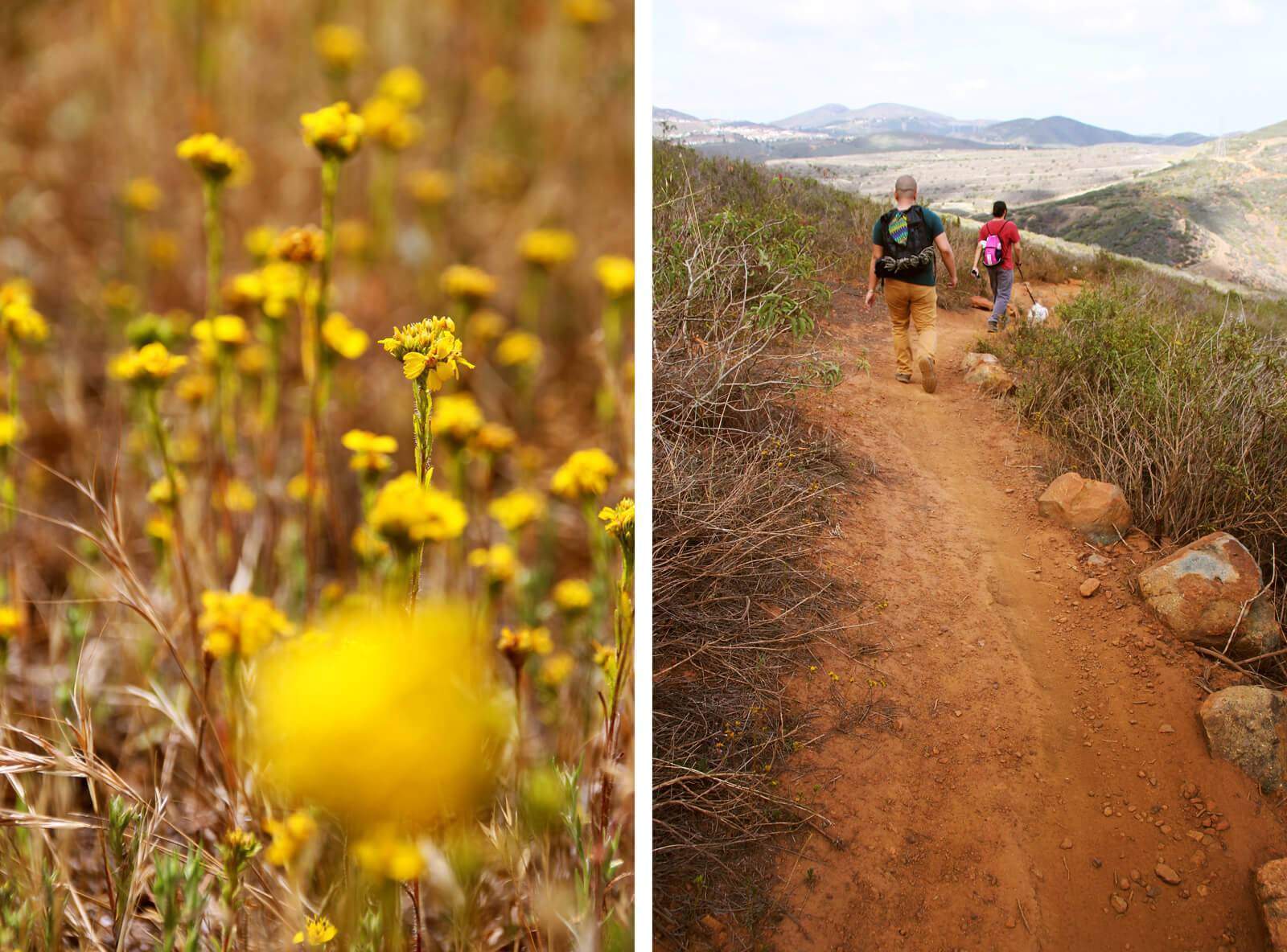
The May wildflowers were in full bloom. It was a very pretty sight to see! 
Getting here will be an endurance test for many. You must climb up and over a large hill and then decline into the ravine. Hiking back is just as grueling. Go in cooler weather! 
Follow the path up and all the way down using the coordinates I gave you to help lead you below. Once at the bottom you should hopefully spot some ruins! I really wish I could get my hands on some more photos of this spot 100 years ago!
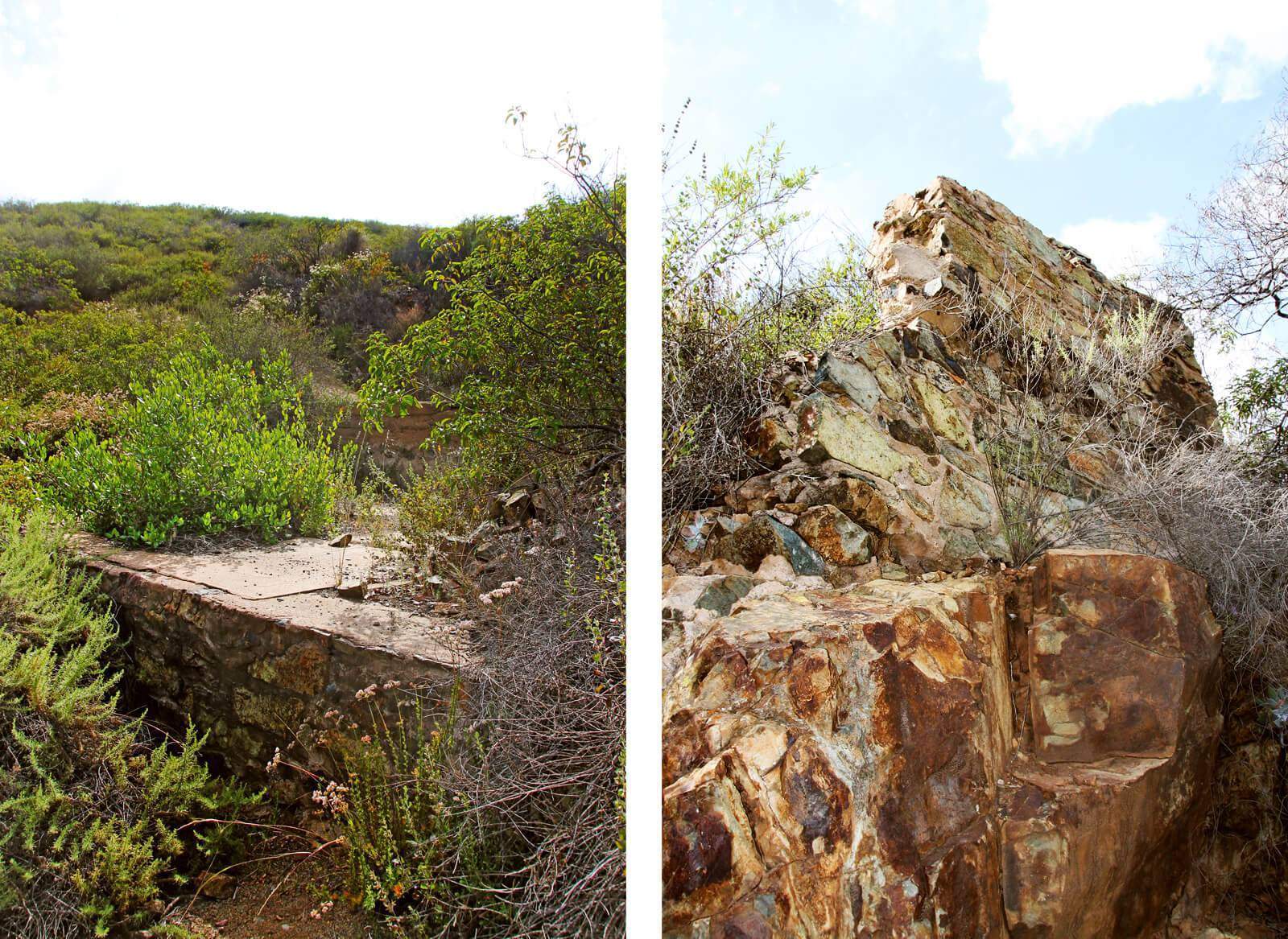
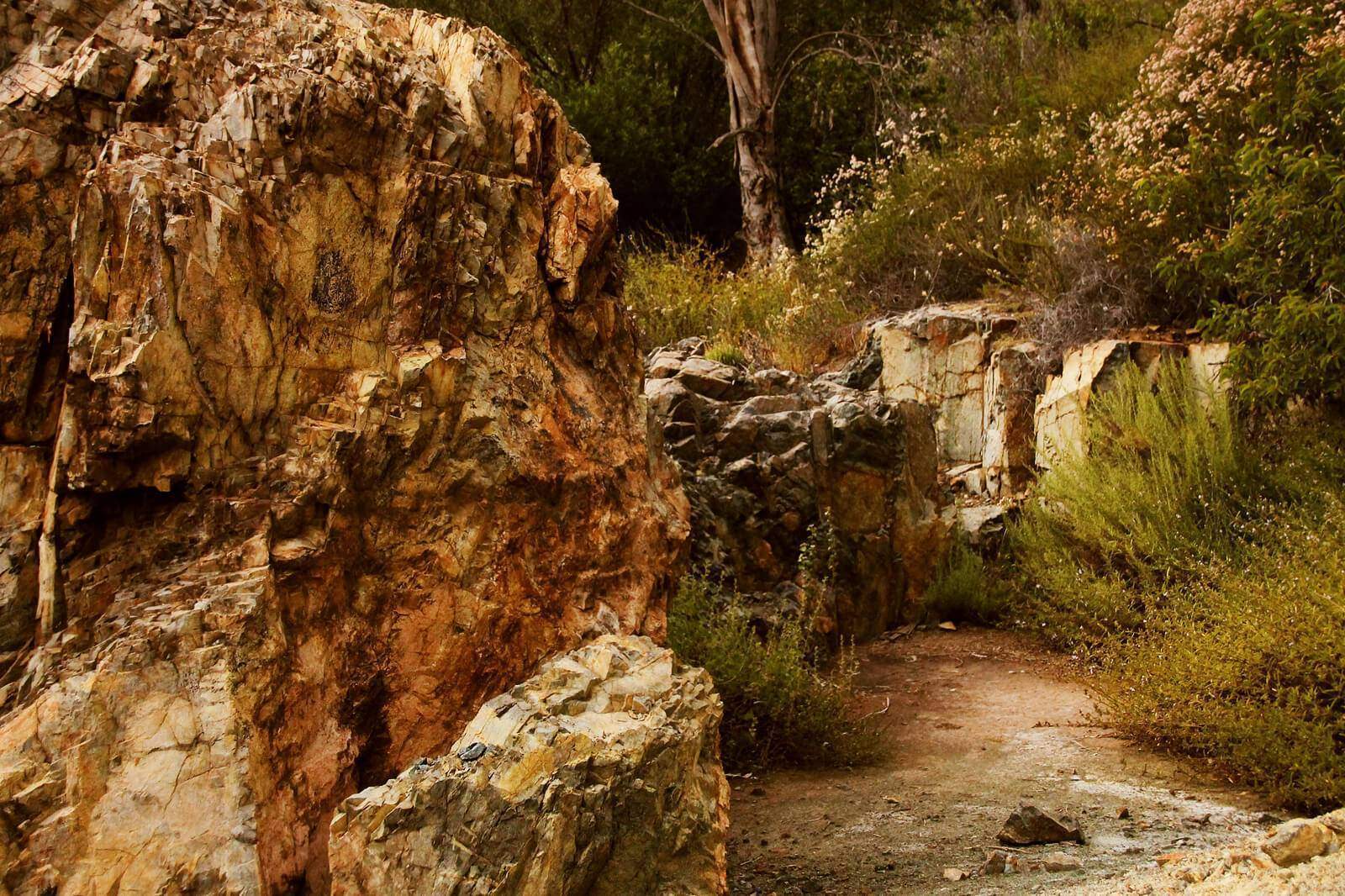
Despite us being in a horrible drought as of May 2015, the water was still flowing! 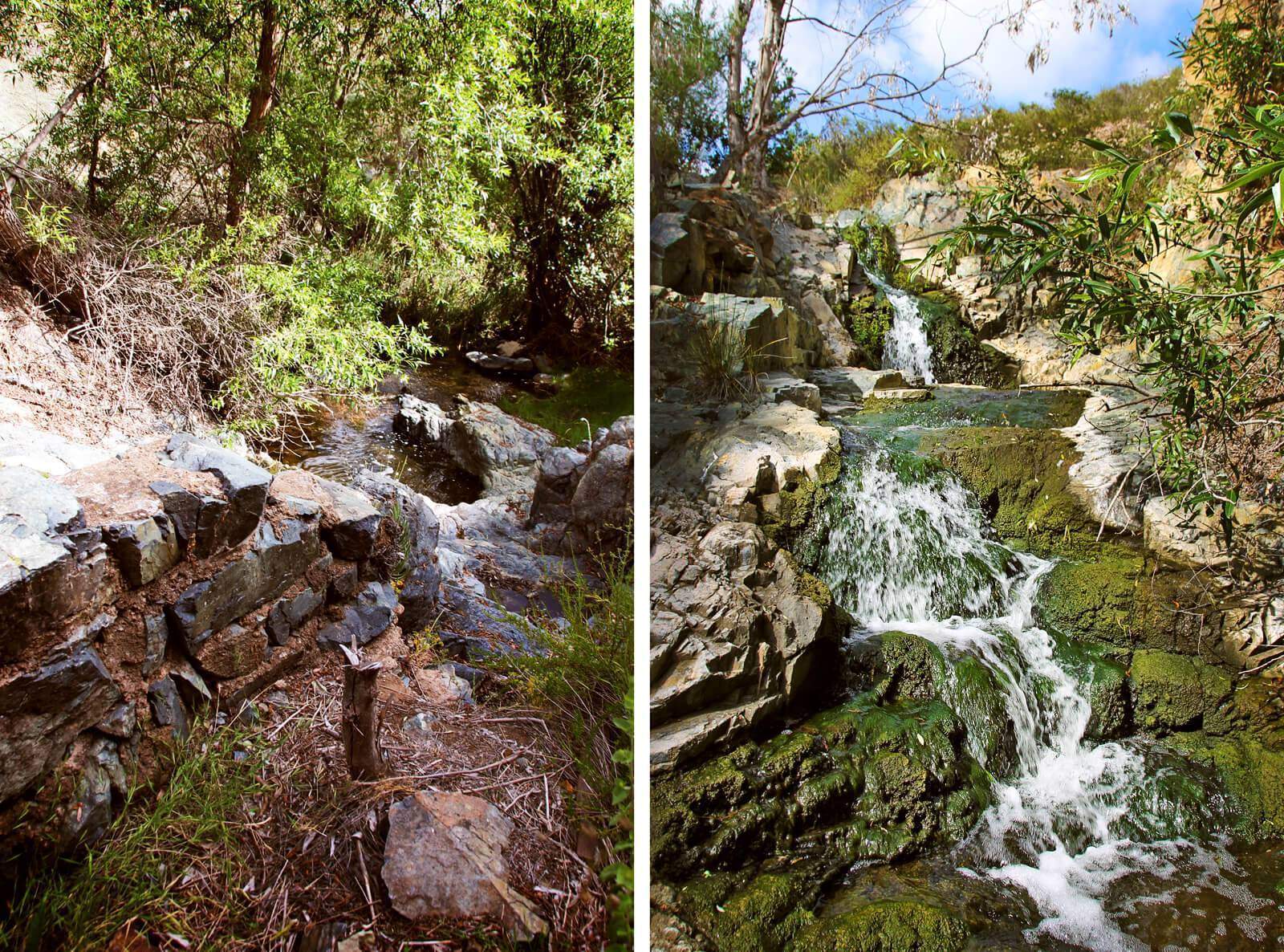
Got this shot mid-pinch. Ouch! 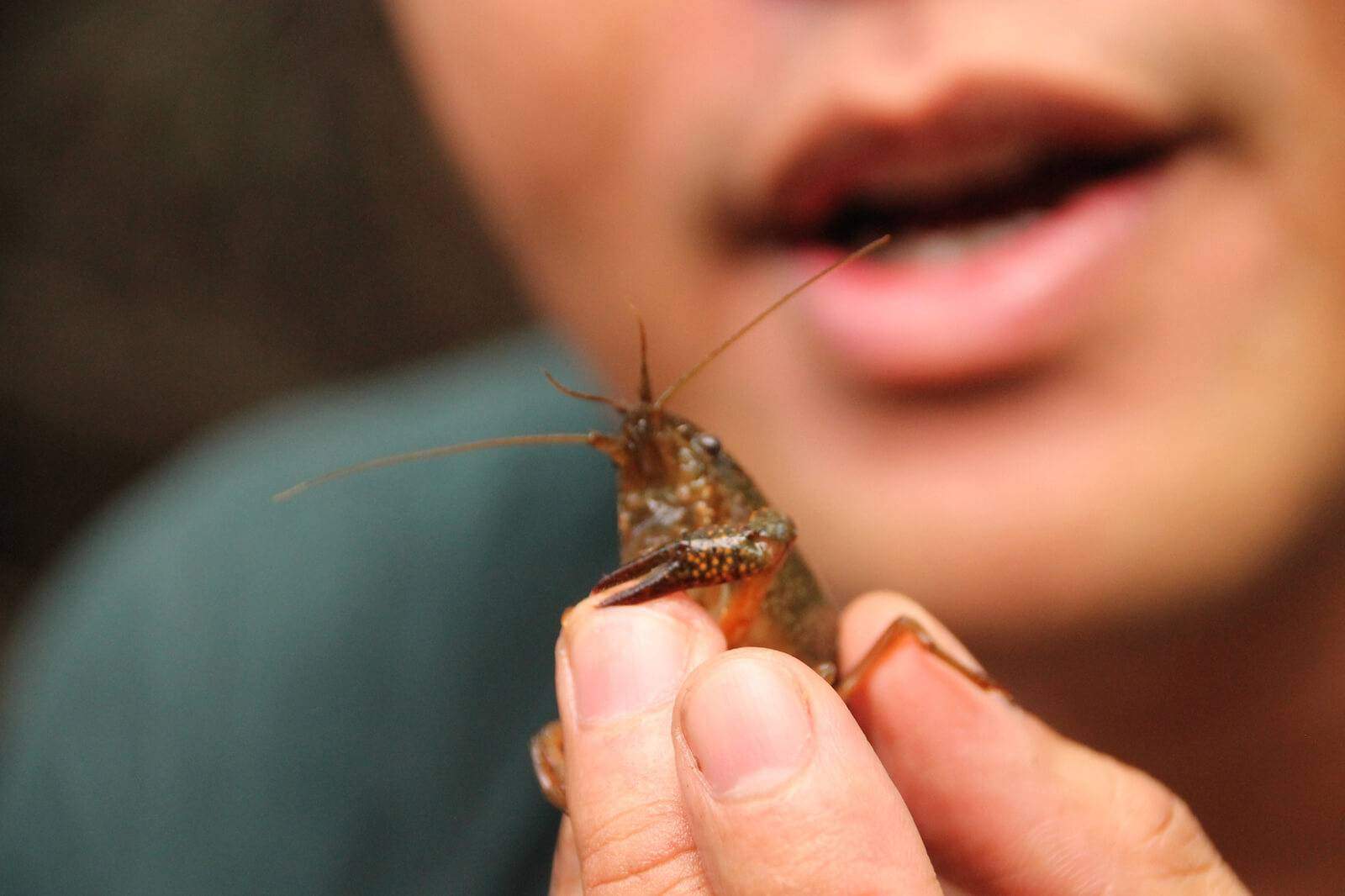
I tend to trail behind because I can never pass up photographing a beautiful flower! 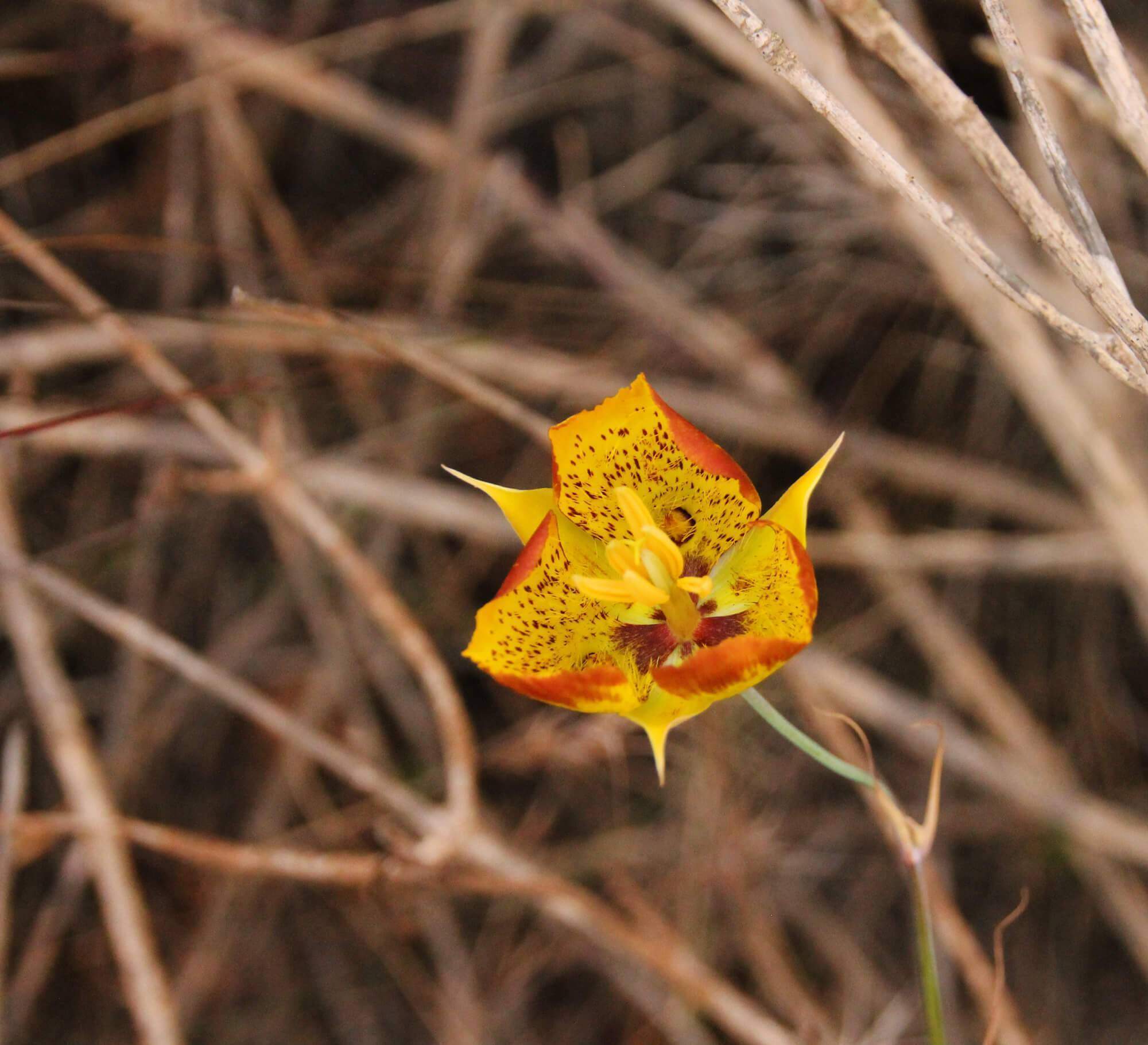



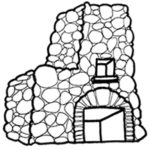


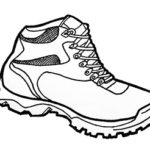




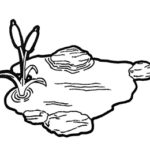
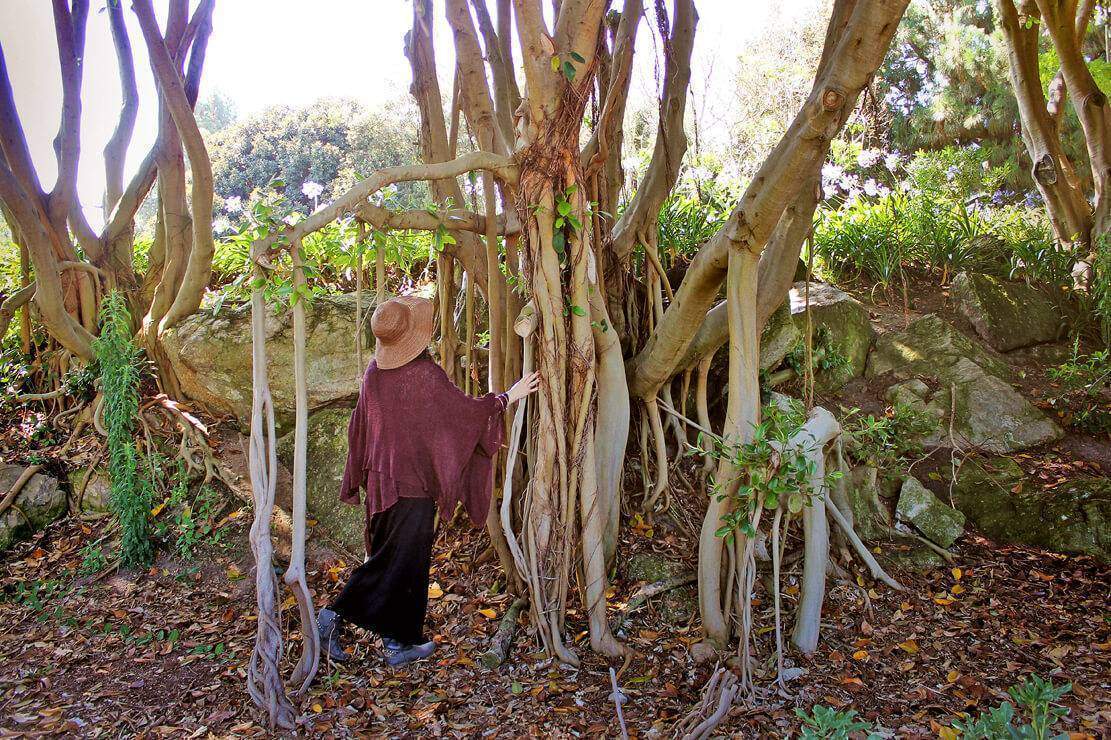

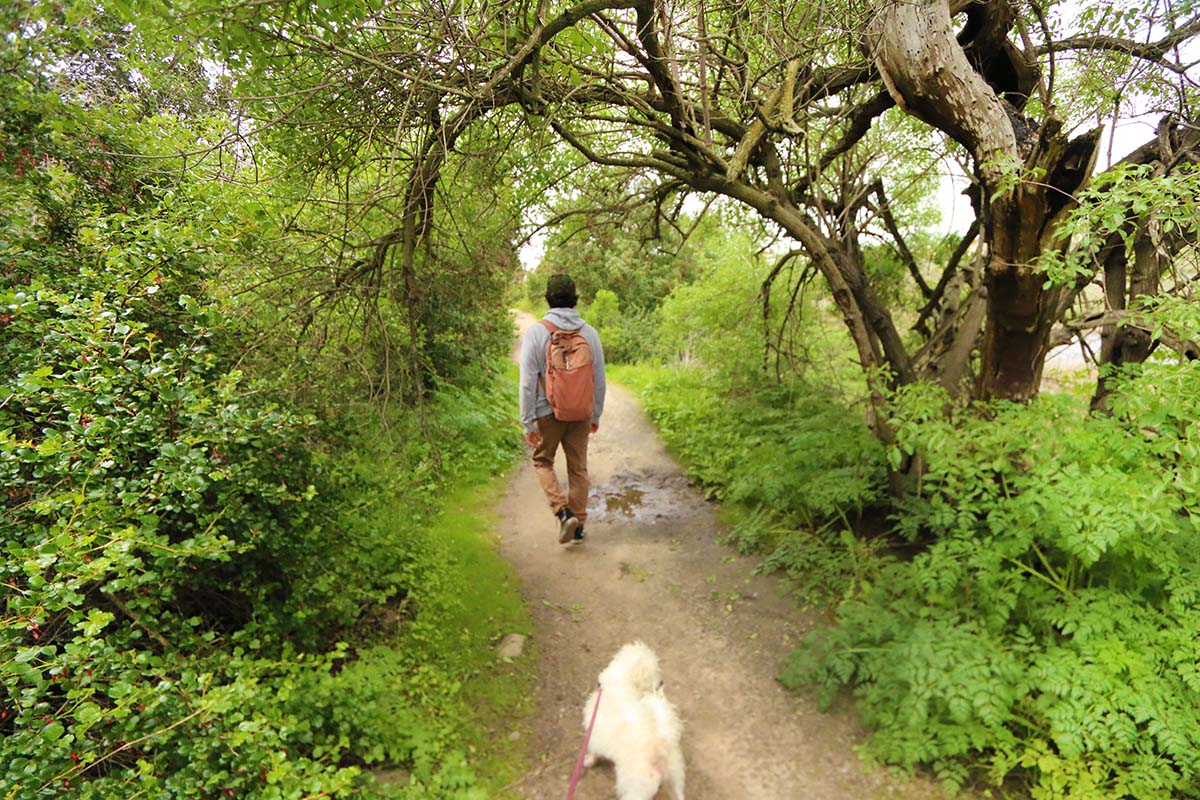

Anonymous
Nice! I’m going to have to snag a buddy and hike this one!
January 7, 2019
Anonymous
little did you know, the mine is not closed off
November 25, 2019